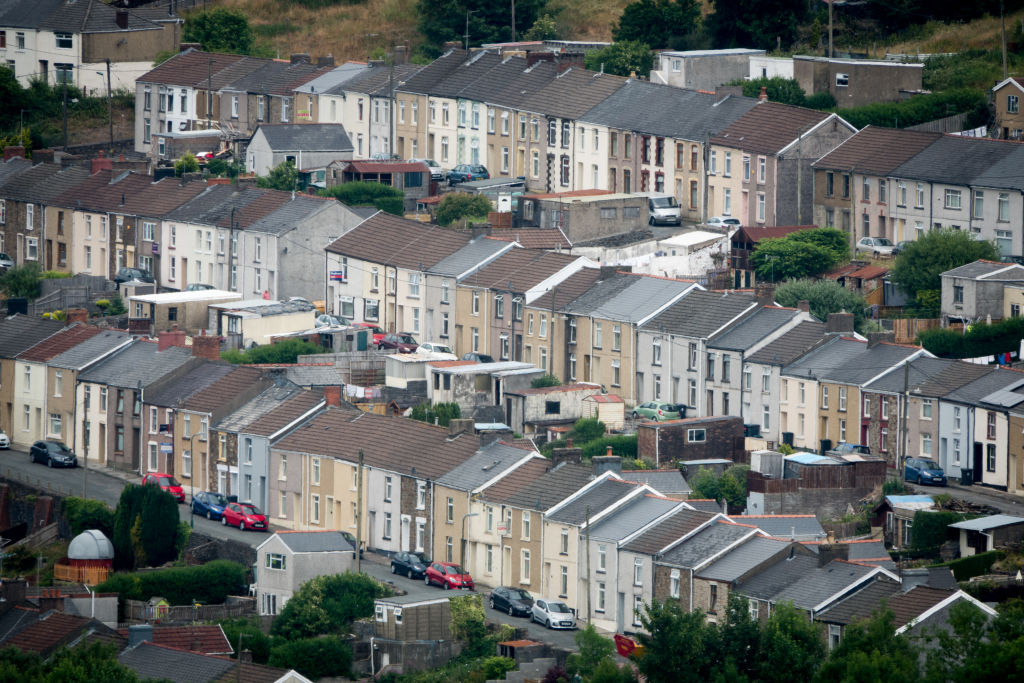Over a fifth of UK CO2 emissions are from residential stock, but it is also likely to be the toughest sector to decarbonise.
To meet the 2035 target, the rate of retrofit needs to be seven times greater than current levels, and EPC improvements data suggests the total cost could be as much as £330 billion.
According to a Savills research today almost 30% of homes in England and Wales built pre-war still carry an EPC rating of E or below, increasing to 47% for those built pre-1900.
An estimated £330 billion would be needed to implement all advised energy efficiency improvements to the UK residential housing sector to get all homes to EPC level C by 2035, according to Savills.
The research analyses EPC certificates to estimate the cost of implementing all advised energy efficiency improvements, highlighting the limitations of current grant schemes and the need for more radical intervention.
The estimated cost of upgrading a home with an EPC D rating is £6,472 – but with an average annual cost saving of £179, it will take 36 years to pay back the initial investment according to the English Housing Survey.
As a result, for the majority of homeowners, the impact that upgrading a home’s EPC rating will have on its value is limited.
Savills suggests that grants and green finance initiatives alone are unlikely to facilitate the step-change in investment in energy efficiency needed to meet government targets.















